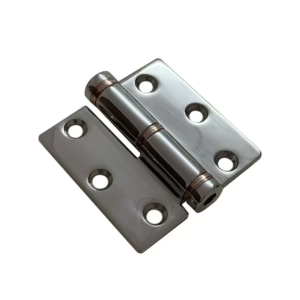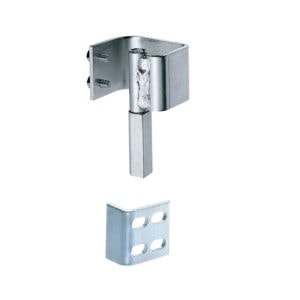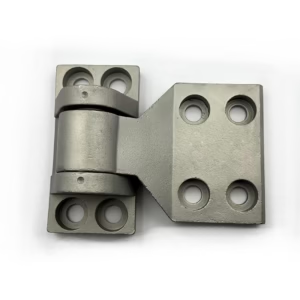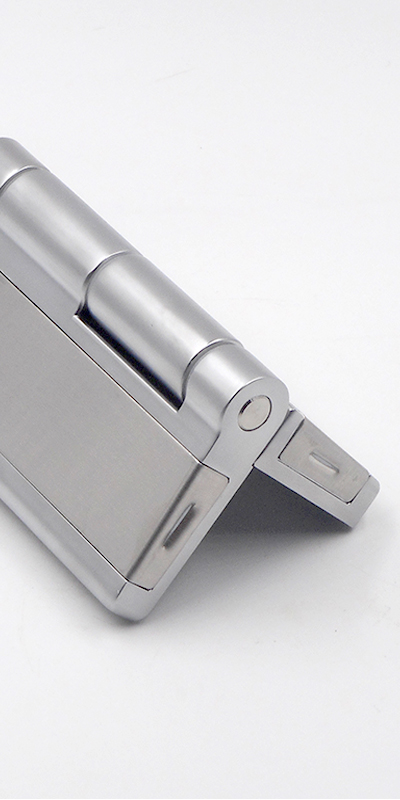Adjustable friction hinges provide precise motion control for industrial equipment, enhancing usability and safety across demanding applications.
An adjustable friction hinge is a mechanical bearing that lets users fine-tune the resistance during movement, allowing doors, panels, or lids to stay in position without additional support.
Engineered for dynamic environments, these hinges deliver long-term performance where controlled motion is critical.
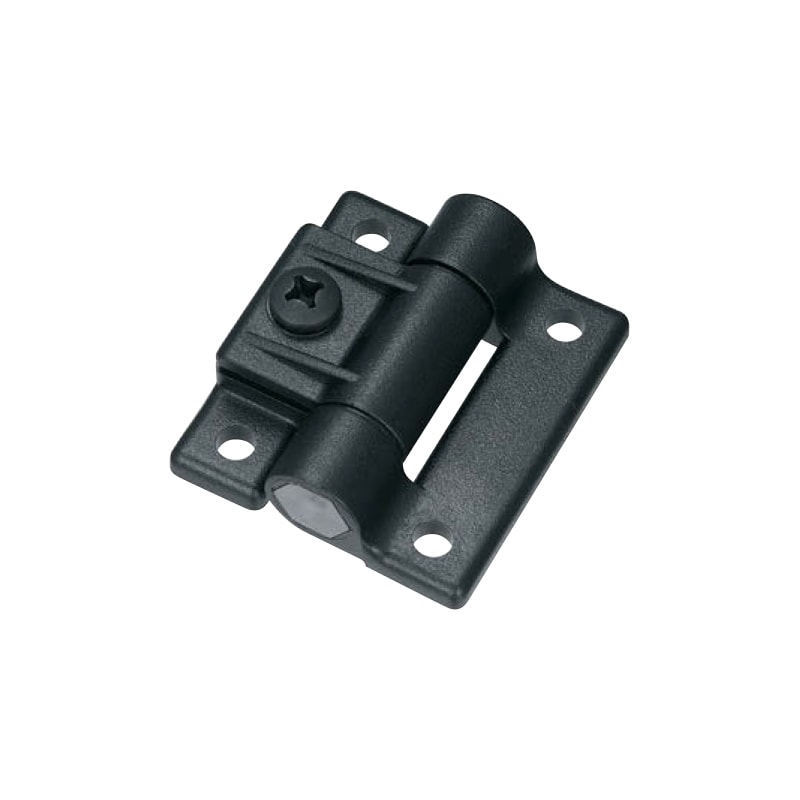
What Is a Friction Hinge?
Friction hinges are mechanical bearings that apply constant resistance during motion, ensuring smooth, controlled movement. Unlike traditional hinges that swing freely, friction hinges provide torque—enough to keep a panel open or allow gradual closing without slamming.
A friction hinge creates resistance during rotation, which stabilizes movement and allows the object it supports to remain in a fixed position at any angle.
Understanding Friction Hinge Technology
Friction hinges consist of two rotating leafs with a central axis designed to generate rotational torque. This torque counters gravity or external forces, making them ideal for panels, lids, access hatches, or monitors. While basic friction hinges have preset resistance, industrial-grade designs often integrate adjustable torque mechanisms.
Many of these hinges operate with an internal cam system or pressure plates, and high-precision versions can retain positioning over tens of thousands of cycles. Some variants, like the adjustable torque stainless steel hinge, offer corrosion resistance and heat tolerance, making them ideal for outdoor industrial hinges.
How Does an Adjustable Friction Hinge Work?
Adjustable friction hinges are engineered with integrated components that allow the user to change the level of resistance. These adjustments are typically made via screws, built-in cams, or external knobs, enabling fine-tuning according to application needs.
Adjustable friction hinges allow users to control torque using a set screw, knob, or internal cam mechanism, offering flexible motion control in real time.
Internal Mechanisms Behind Friction Control
The key difference between standard and adjustable friction hinges lies in their built-in adjustability. Models may include:
-
Set screws: Users can increase or decrease tension by turning a screw mounted on the hinge body.
-
Friction brakes: A braking mechanism applies pressure to the rotating parts.
-
Integrated torque systems: These offer adjustable resistance based on applied force or angle.
This function is critical in sectors where constant repositioning is required. For example, access hatches in test equipment or marine enclosures often use adjustable friction hinges to ensure stable, hands-free operation. In more rugged uses, combining with corrosion resistant hinges and heavy duty hinges enhances system integrity in harsh environments.
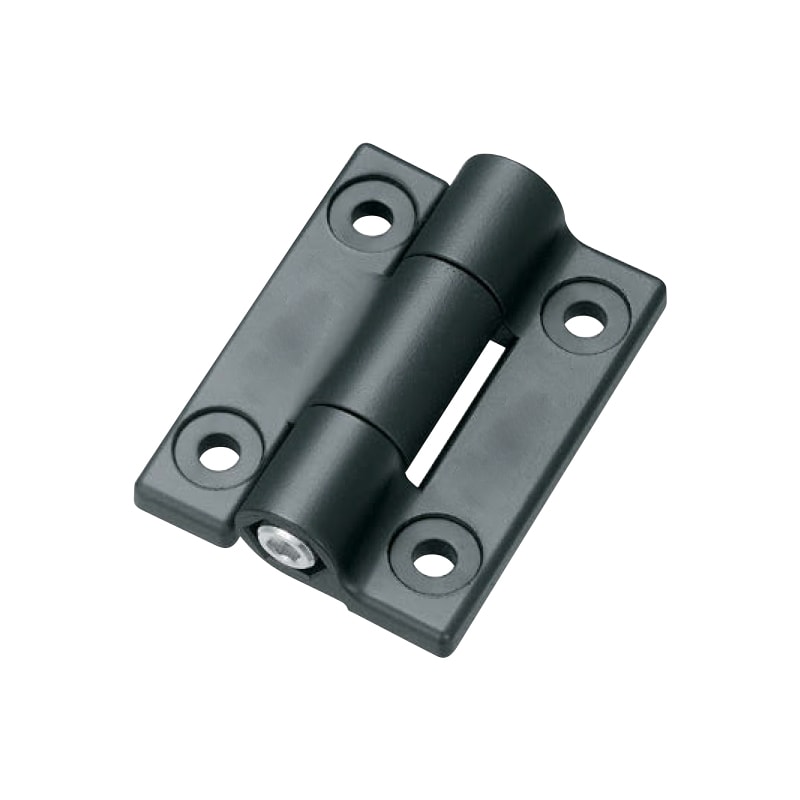
What Are the Industrial Applications of Adjustable Friction Hinges?
These hinges are widely used in high-performance industrial settings where precise positioning, safety, and reliability are required. Their self-holding capabilities eliminate the need for secondary support structures like springs or latches.
Adjustable friction hinges are used in machine panels, electrical enclosures, testing chambers, and industrial vehicles where hands-free or resistance-based positioning is essential.
Industry Use Cases and Examples
Common use cases include:
-
Test and measurement equipment: Panels that must remain open at set angles during calibration or testing.
-
Medical devices: Allow controlled motion and patient safety during operation or maintenance.
-
Industrial ovens or chambers: In environments such as temperature and humidity test boxes, friction hinges help control the door swing.
-
Automotive and trailer panels: Friction hinges combined with trailer door hinges allow operators to hold panels open securely under wind or movement stress.
One especially valuable integration is with cold storage room hinges, where adjustable friction can ensure tight sealing and prevent thermal loss while still allowing ergonomic access.
Benefits of Adjustable Friction Hinges in Manufacturing Environments
By allowing real-time torque adjustments, these hinges improve ergonomics, efficiency, and system longevity. They reduce dependence on complex mechanical props or gas struts, leading to simpler designs and lower maintenance.
Adjustable friction hinges offer customizable resistance, improving ease-of-use, safety, and durability across industrial applications.
Why Engineers Choose Adjustable Hinges
Advantages include:
-
Safety: Prevents accidental closure of panels or doors during operation.
-
Ergonomics: Easier handling with consistent, smooth motion.
-
Design freedom: Reduces reliance on dampers or locks.
-
Durability: High-end models can last over 20,000 cycles.
In manufacturing settings where access doors are frequently used, engineers often select adjustable torque designs or combine them with wide-throw hinges for greater clearance in tight control panels or enclosures.
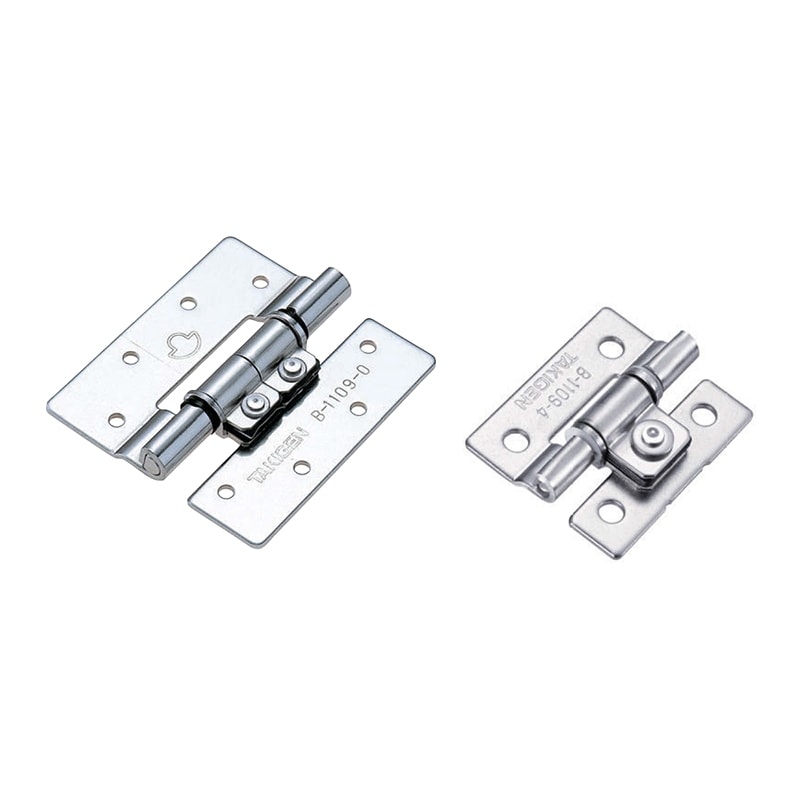
Key Types and Design Features of Adjustable Friction Hinges
These hinges vary by structure, material, torque method, and directional resistance. Common designs are tailored for different industrial scenarios.
Adjustable friction hinges are available in one-way, bi-directional, and continuous-torque formats, and can be made from materials like stainless steel or aluminum alloys.
Classification and Material Insights
Here are some typical hinge types:
| Hinge Type | Direction | Common Materials | Application Example |
|---|---|---|---|
| One-Way Adjustable | Single direction | Stainless Steel | Monitor arms, control panels |
| Bi-Directional Adjustable | Two directions | Aluminum Alloy | Equipment hatches |
| Aluminum Geared Continuous Hinges | Long panel runs | Aluminum with steel gear | Machine cabinets |
| High-Torque Compact | Small footprint | Zinc Alloy | Portable instruments |
| Environmental Sealed | Harsh conditions | Polymer/Stainless | Marine and testing chambers |
Advanced designs may also incorporate electro-galvanized coatings for added corrosion protection or heat-treated components for high-load environments.
Common Questions About Adjustable Friction Hinges
Are friction hinges adjustable?
Yes, many friction hinges feature built-in torque adjustment, especially those used in professional and industrial environments.
How does an adjustable door hinge work?
They use internal screws, cams, or brakes to increase or decrease the rotational resistance, allowing panels to stay open or move smoothly based on the required tension.
What is the purpose of a friction hinge in machinery?
To hold access panels or doors at fixed angles during maintenance or operation without requiring props or latches.
Where are they commonly used?
Testing equipment, industrial ovens, medical equipment, and outdoor enclosures.
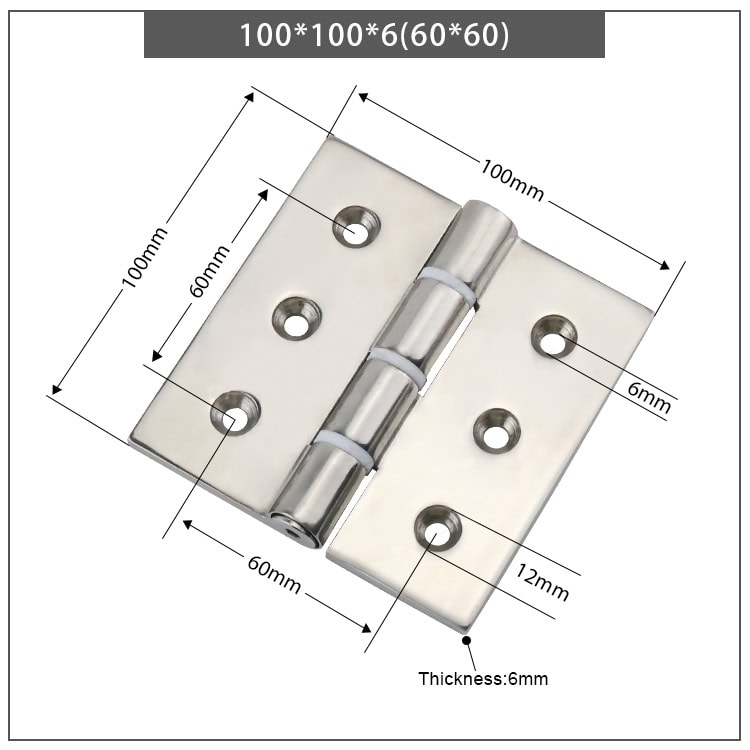
How to Choose the Right Adjustable Friction Hinge for Your Application
Selecting the correct hinge depends on torque requirements, environmental conditions, and mounting needs. Engineers should also consider adjustability range, cycle life, and material compatibility.
To choose the right adjustable hinge, consider the weight of the moving part, angle of motion, mounting orientation, and exposure to environmental stressors.
Selection Checklist
-
Torque requirement: Determine required holding force based on weight and pivot distance.
-
Operating environment: Select materials for corrosion, heat, or vibration resistance.
-
Design integration: Choose compatible mounting type (surface mount, flush mount, etc.)
-
Cycle durability: For high-use equipment, ensure long lifespan (e.g., >20,000 cycles).
-
Regulatory compliance: In some cases, FDA or IP-rated components may be required.
If durability in rugged applications is key, you may also consider hybrid solutions, such as combining heavy duty detachable barrel hinges with adjustable torque hinges for both strength and positioning control.
Maintenance and Durability Considerations
Like any mechanical component, adjustable friction hinges benefit from periodic inspection and proper care to maximize performance. In high-stress applications, preventive maintenance can dramatically extend service life.
Routine inspection, proper installation, and compatible lubrication ensure maximum life for adjustable friction hinges in industrial settings.
Longevity Tips and Common Maintenance Practices
-
Lubrication: Use non-reactive, high-temperature greases compatible with metals used in the hinge.
-
Retightening: Periodically check adjustment screws for loosening due to vibration.
-
Environmental protection: Apply protective coatings if used in corrosive environments or combine with marine hinges or corrosion resistant hinges.
-
Replacement strategy: In heavy-use equipment, plan periodic replacements with backup stock or Replace Industrial Door Hinges during scheduled maintenance cycles.
When torque performance begins to degrade or panels no longer stay open reliably, it’s usually a sign to adjust or replace the hinge.
Conclusion
Adjustable friction hinges are essential for modern industrial applications that demand safe, controlled, and reliable motion. Their customizable torque and robust performance make them a smart choice for engineers and equipment designers.

